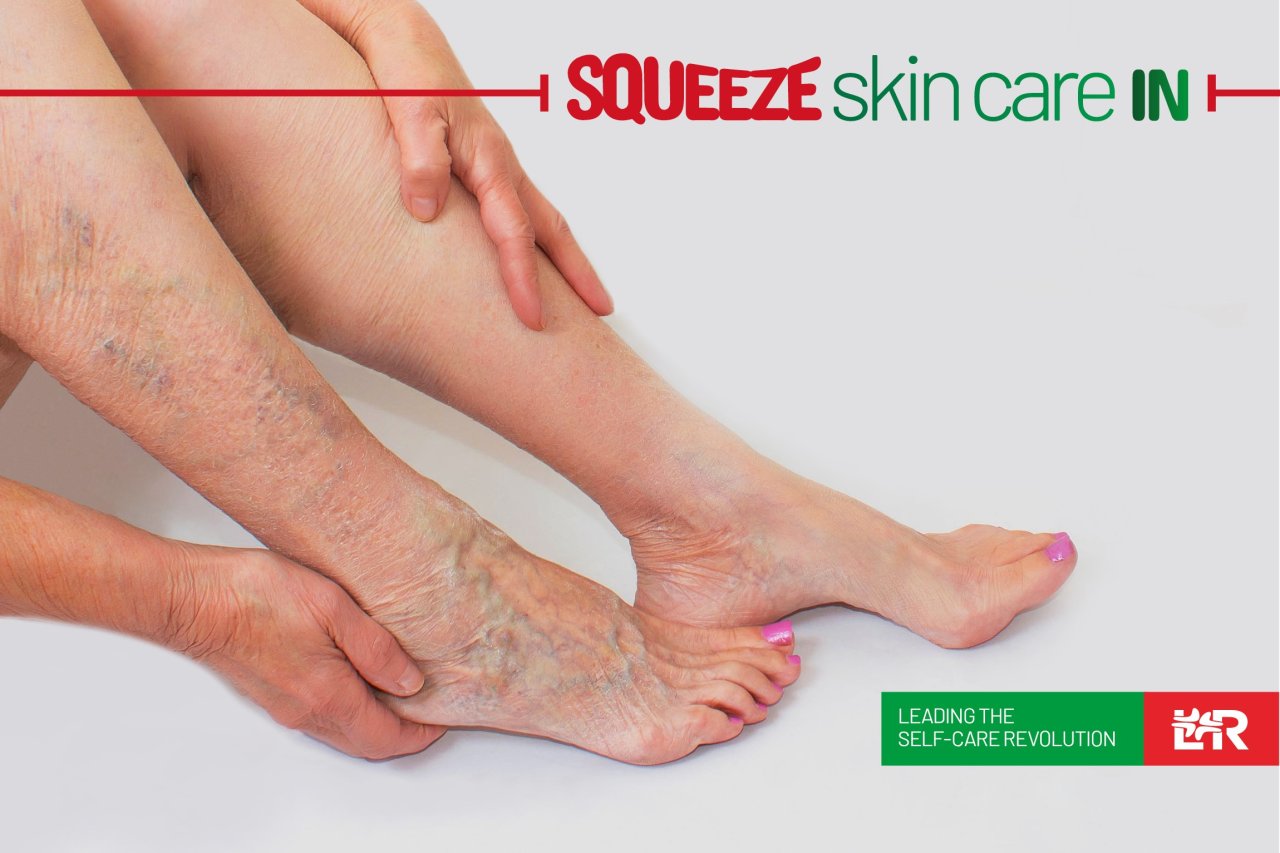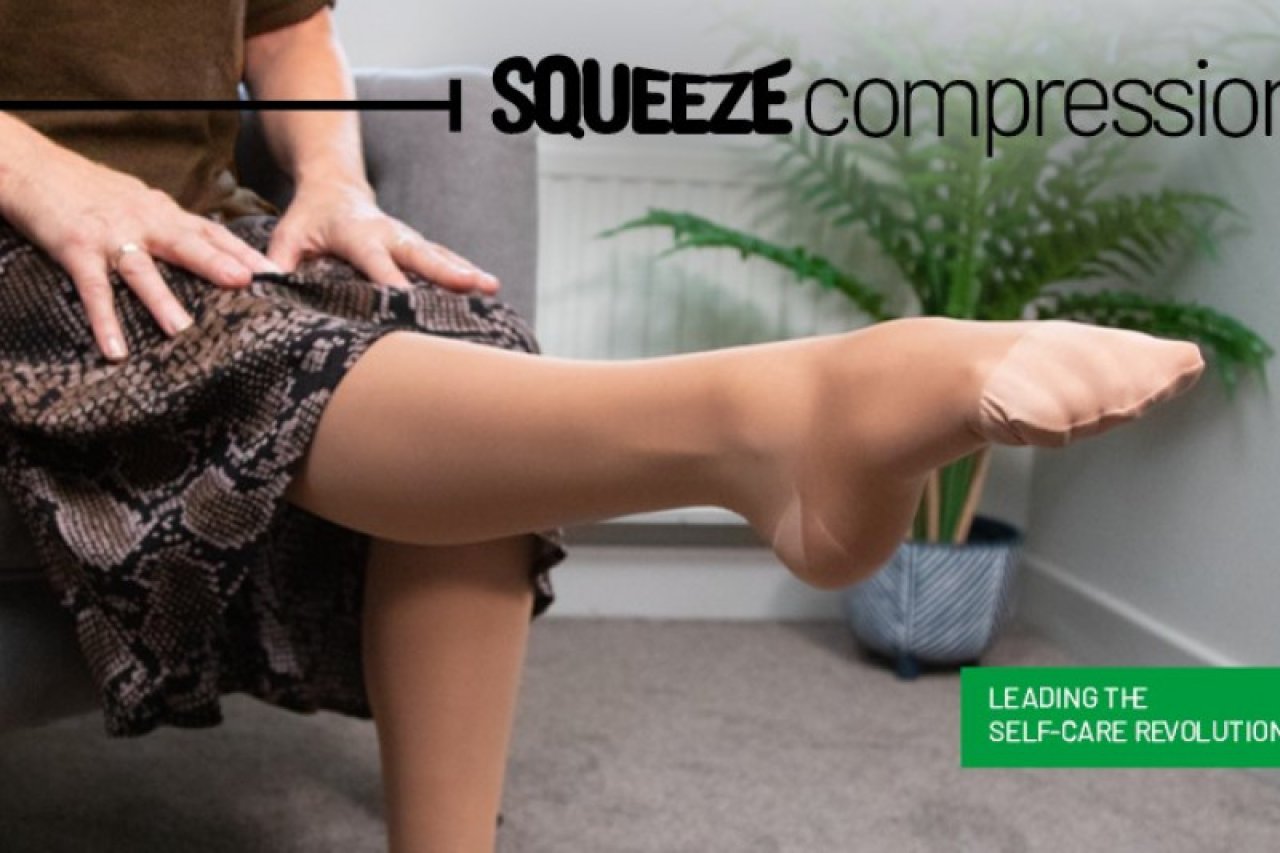Unfortunately, venous problems don’t go away when a leg wound or ulcer heals. For this reason venous leg ulcers can reoccur if you don’t continue to wear a suitable compression garment and continue a healthy routine.
Hygiene and skin care is just as important when the leg ulcer heals as it is when you have a wound. As venous problems are a long term condition it needs a long term self care program so you are able to manage this independently and prevent the recurrence of your ulcer. Keeping your skin in good condition will reduce your chances of having another leg ulcer and following simple guidelines of what and what not to do can help.

Washing your legs daily using non perfumed soap will help prevent irritation and avoid hot baths as this can increase the amount of blood in your veins. You should have been recommended a suitable moisturiser for your skin, continue to apply this at least daily and remember to always apply in line with the hair growth to avoid inflammation of the hair follicles. Use this time to check your legs for any changes including breaks in the skin, change in foot colour, excessive itching and the condition of your feet and toenails. Take a look at Andy's tips for a skin care routine.
Compression continues to be the most important factor in reducing the likelihood of your ulcer returning. We advise that you wear your compression garment all day every day. The simple rule is if your foot is on the floor your compression should be on so it is recommended that it is applied first thing in the morning. You will need to replace your compression according to the manufacturers guide, but is normally 2 pairs every 6 months or sooner if they ladder of develop holes. This can easily be ordered via a repeat prescription form your Doctor or Nurse and may coincide with a review of your legs and your overall health. Or you can purchase extra pairs via LR Self Care.

You will usually be about four months after healing and then again at 12 months. If your legs remain in good shape it is recommend that you are monitored yearly by your Practice or Community Nurse to ensure the compression and skin routine is still right for you and your leg condition has not changed.
Remember to continue to Squeeze In healthy eating, exercising regularly and to care and compress your legs.
What happens when my leg ulcer heals?
This blog post has been written by Director of Lower Limb Consultancy Services Ltd, and Honorary Tissue Viability Clinical Nurse Specialist, Sandwell and West Birmingham Hospitals NHS Trust, Andy Kerr.
If you have a leg wound or lower limb condition sign up to Club Squeeze In to receive tips and guidance on how to manage your leg health from our Self Care Ambassador, Johnny Vegas, and other experts.